Semana Santa (which translates to Holy Week) is a Spanish festival that takes place in the days immediately preceding Easter. The final day of Semana Santa is the day before Easter Sunday, while the festival can last anywhere from one week to two weeks.
During Semana Santa, Spanish towns and cities play host to parades and processions presenting the crucifixion and resurrection of Jesus.
Semana Santa is celebrated throughout many different countries. But in this article, we’ll look at Semana Santa in Spain. In Spain, it’s the biggest religious celebration of the year – even bigger than Christmas. That means public holidays, fun, frivolity, eating, drinking, and a whole lot of energy. You can read my guide on when is the best time to visit Spain and you will know about other activities in Spain during the year.
How Old Is The Tradition Of Semana Santa?
The tradition of Semana Santa dates back to the 16th Century when the Catholic Church decided to begin explaining the resurrection story in a way that a normal person would understand.
The tradition has continued ever since! In some cities, the celebrations are very archaic and traditional, while in other cities, a colorful carnival-like atmosphere has become the norm.
What Happens During The Semana Santa Celebrations?
The celebrations vary depending on where you go. Generally speaking, all celebrations share many common themes and events:
Parades And Processions
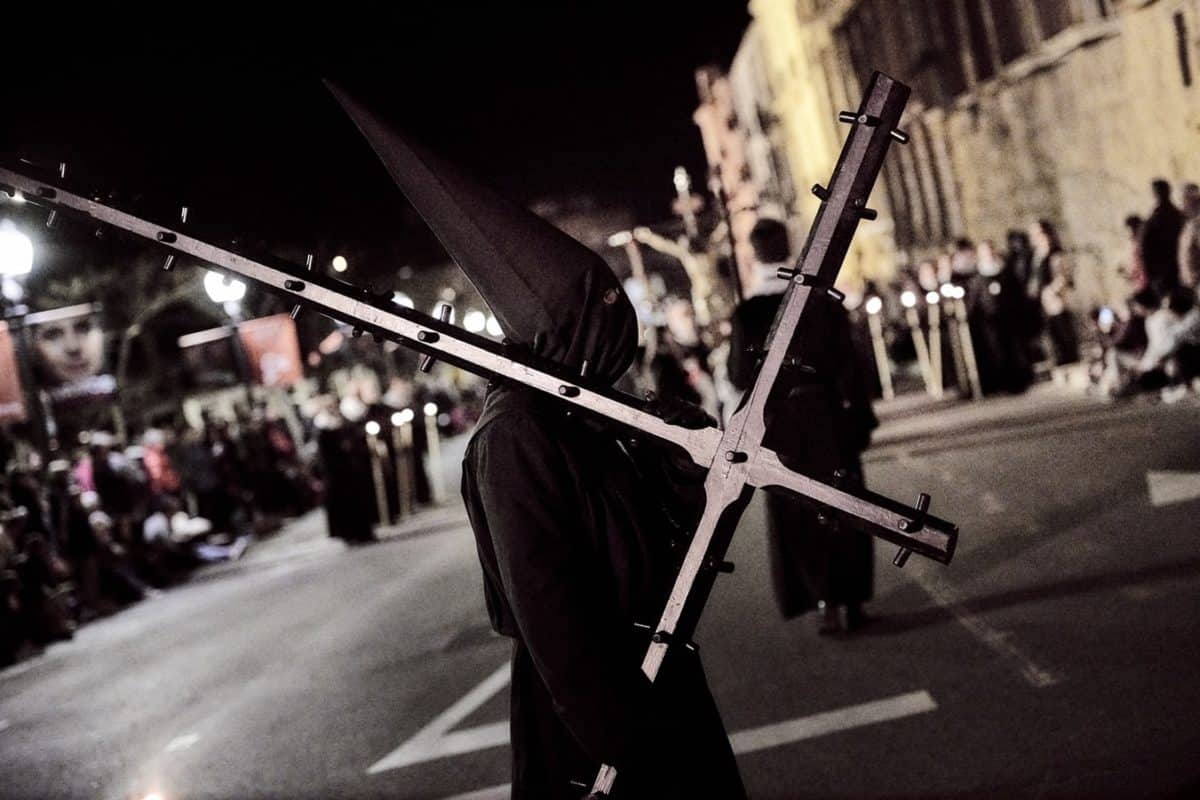
Those taking part in the processions wear the traditional ‘capirote,’ a tall, cone-shaped hat that covers their faces. Though it looks like a Ku Klux Klan hood, it bears no relation at all. Those parading also wear belted robes.
During these processions, the walkers typically carry large floats depicting Jesus, or Mary, or both. The floats also hold candles and flowers. Some of these floats are hundreds of years old and have been carried through the streets year upon year.
Music
During Semana Santa celebrations in Andalusia, there’s music at every turn. And when there is music, it’s big. This music is usually played by marching bands, who chime out their religious orchestrations with vigor and volume.
If you’re a fan of music, this is some of the most grandiose and overwhelming you’ll ever hear.
That said, other cities’ celebrations are largely silent affairs.
Food
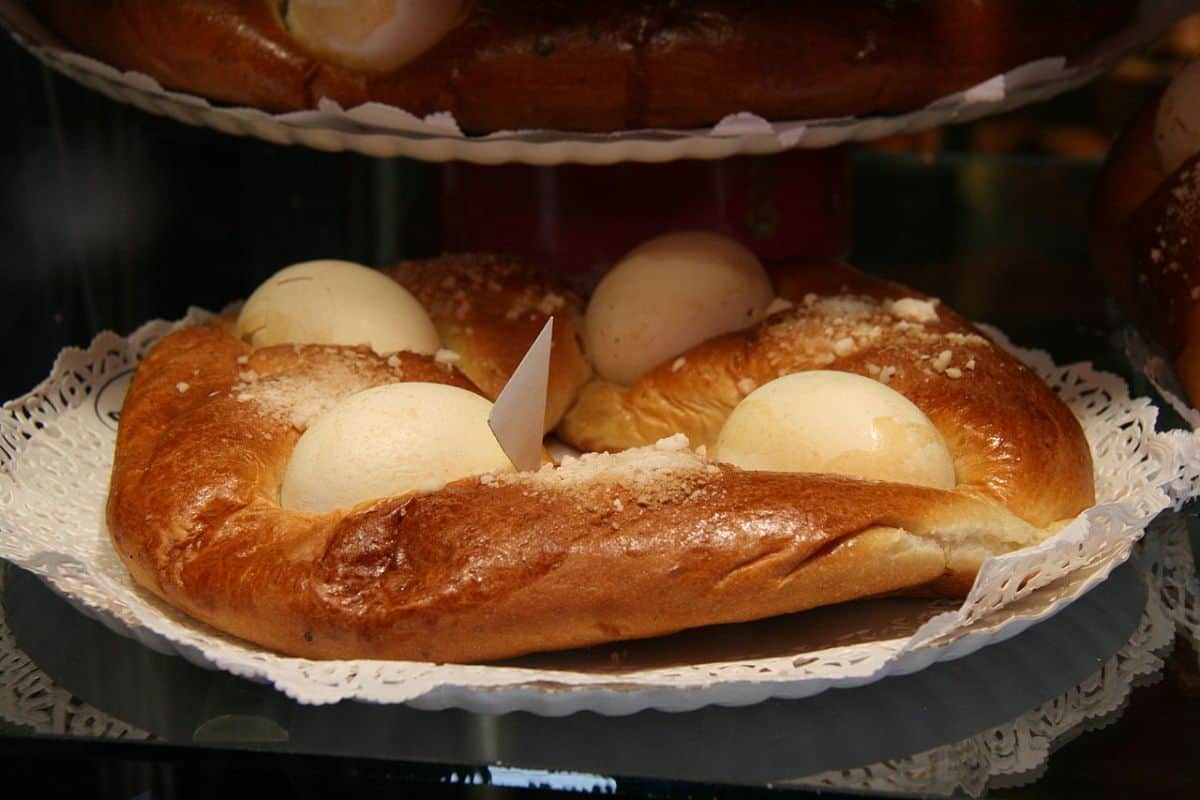
- White chocolate eggs: though not a traditional treat, these are becoming more and more popular, especially among children.
- Torrijas: bread soaked in milk and egg, these are fried before being served with sugar and honey, like a Spanish version of French Toast!
- Pestiños: small pastries made with sesame-flavored dough, these are fried and then glazed with honey and sugar.
Where Should I Go For Semana Santa?
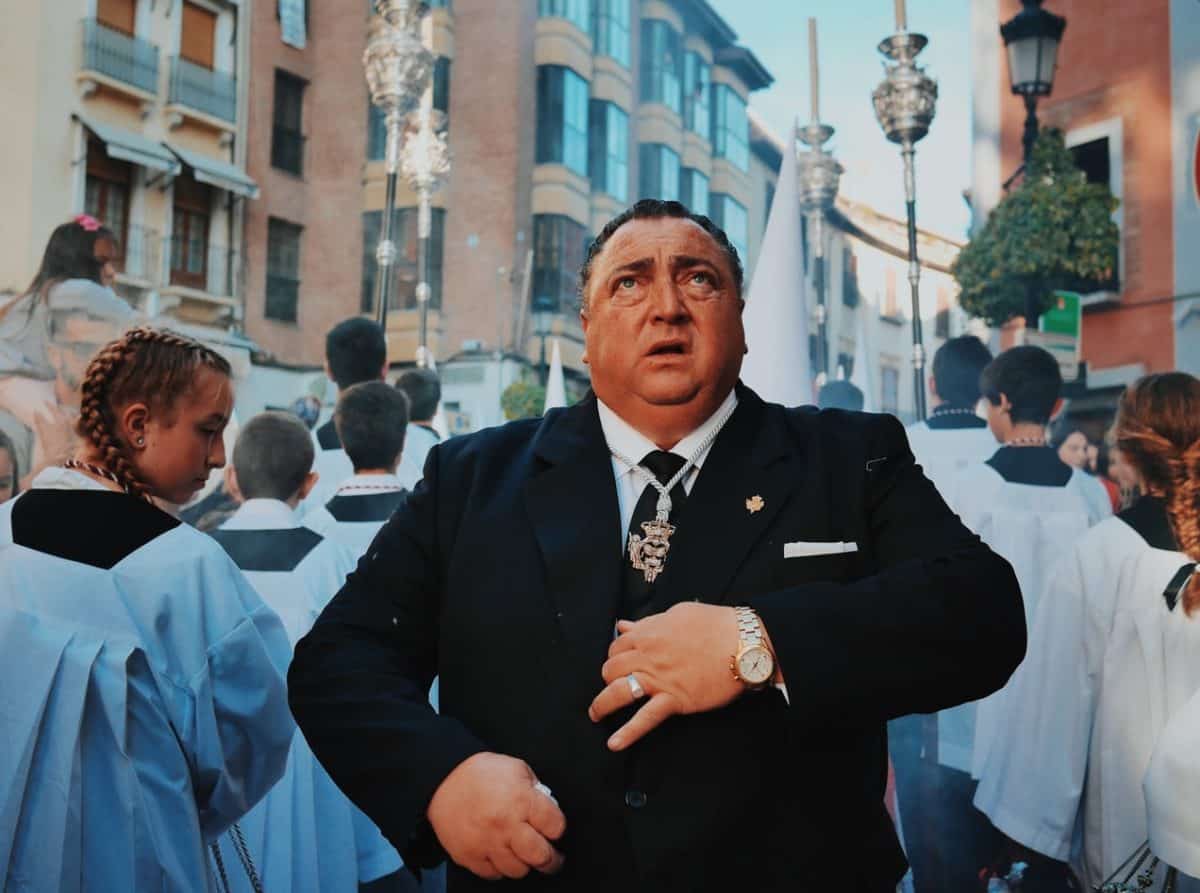
Here’s a general guide to some regional differences:
Andalusia
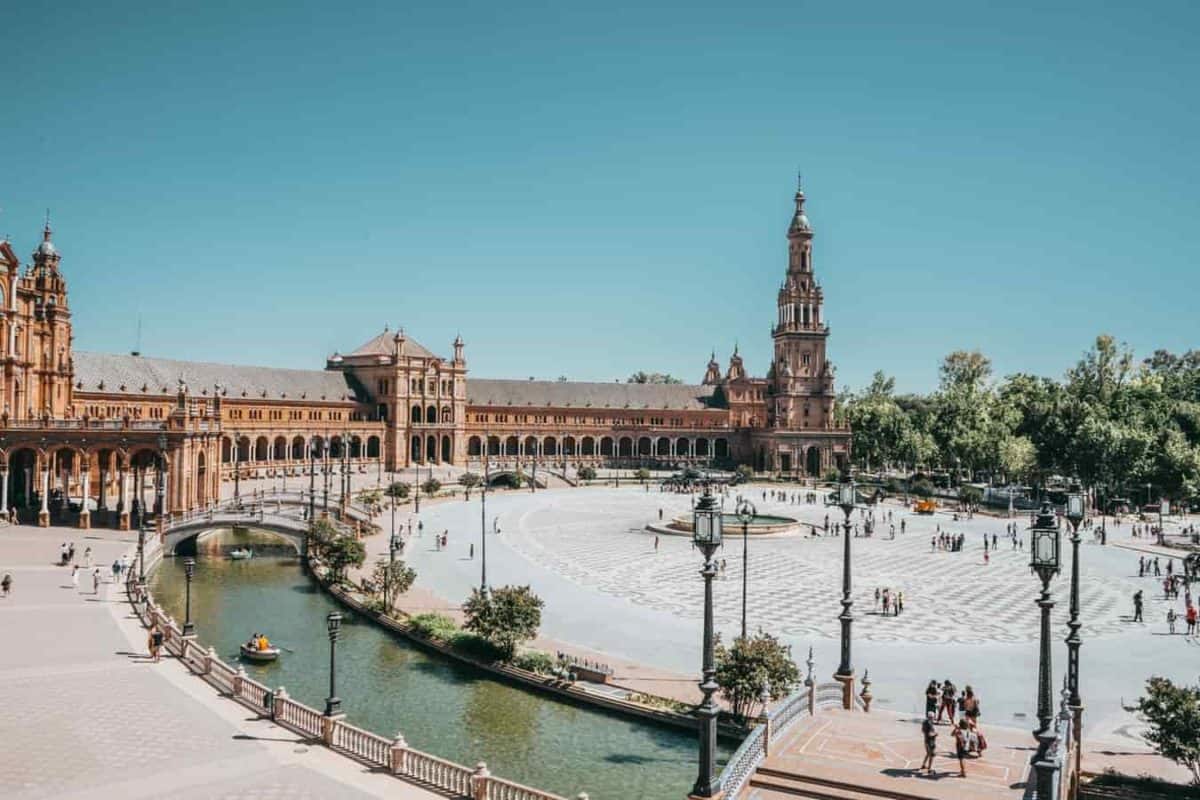
Read also: What is Spain Famous For
The processions in this region can last for up to 14 hours. The pain caused to those carrying the floats is seen as an honor, as it is thought to represent the pain undergone by Christ.
Festivities in Andalusia are packed with flamenco, making them a great choice for music lovers. Local parade watchers will often burst into flamenco song from their very own balconies, creating unplanned moments of spontaneous entertainment. Many other barrages of flamenco song are pre-planned.
For big celebrations, head to Seville, where you’ll experience some of the largest Semana Santa festivities in the whole of Spain, including around 60 processions. Many argue that only Seville can offer the full Semana Santa experience, but be aware that it will be very busy, with little time for peace and quiet.
Malaga’s celebrations are slightly smaller but no less extravagant or opulent.
Andalusian celebrations typically last for a week.
Castilla y Leon
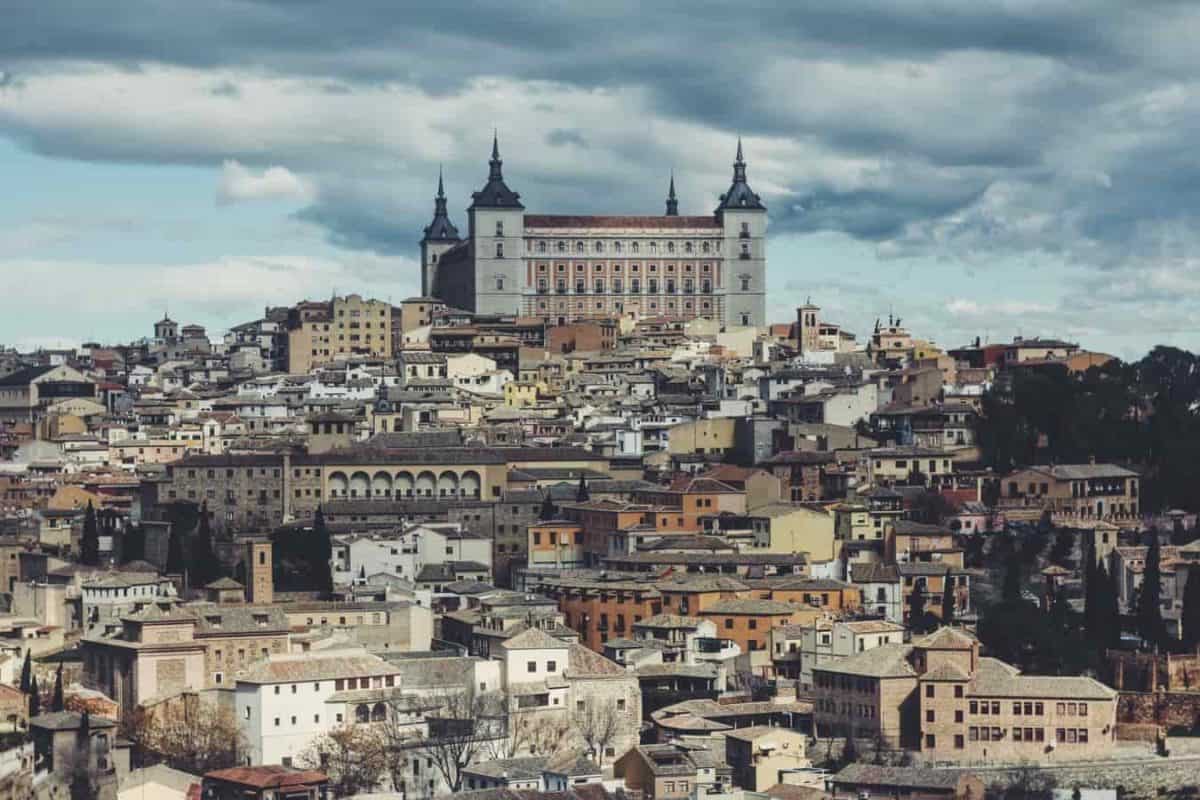
The city of Salamanca hosts celebrations that are nearly as old. The UNESCO World Heritage Site City plays host to 16 processions across the week.
Celebrations in Castilla y Leon are claimed by many Spaniards to be the ‘real’ Semana Santa and typically last for ten days. This region is the best place to find if you want to experience processions that have somber silences, occasionally only broken by the chime of bells.
If you want to enjoy this festival for religious purposes, Castilla y Leon is the best region to do it. Parades here are less of a ‘celebration,’ and more of a way to pay your respects.
Smaller Towns And Cities
Smaller towns are a great way to get closer to real Spanish culture (and the real Semana Santa) without too much tourism.
Carmona, Osuna, Estepa, Salamanca and Vallodolid are all great choices. These destinations are less tourist-centric and less busy.
Toledo
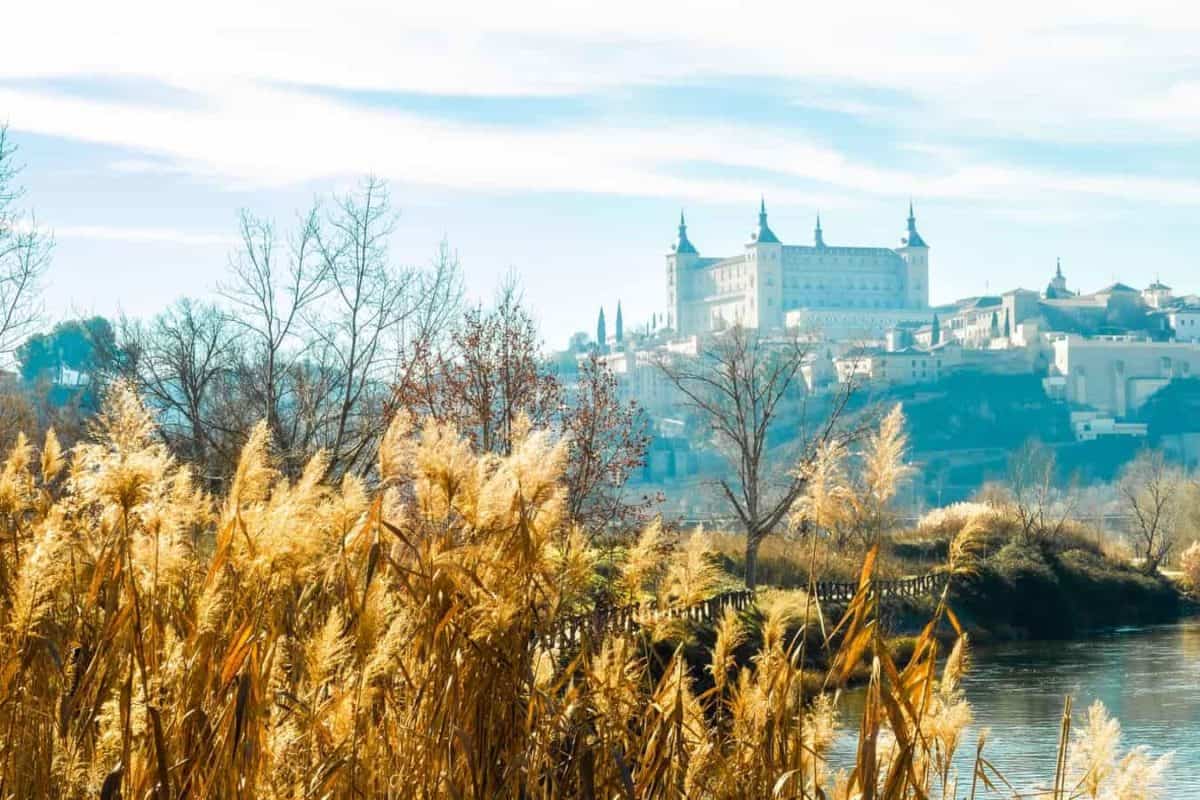
Toledo is relatively more quaint and less traditional than other big celebrations. It is a good compromise if you want a modern twist without being quite as religious as other parts of Spain.
Toledo celebrations last over two weeks, offering plenty of time for tourists looking to get involved.
Weather During Easter
Semana Santa usually features at least some rain, which can be frustrating. Although the rain doesn’t stop revellers from having a good time, it can often prevent processions in a bid to protect the ancient floats from the rain. So you should check weather reports before you plan anything major!
Accommodation During Holy Week
Book in advance!
Unless you’ve already been, it’s hard to understand how busy Semana Santa can be. You must book accommodation at least three months in advance, even if you’re going to a smaller town or city.
No matter where you choose to spend Semana Santa, you’ll experience a unique, unforgettable celebration of religion, culture, and tradition. Think carefully about the type of experience you want, and choose your city accordingly.
Semana Santa is truly one of the best celebrations in the world, and everyone should experience it at least once. Enjoy!

I love hiking, backpacking, and camping. From the Camino de Santiago to the West Highland Way in Scotland or simply a great day hike on the weekend. Hiking refreshes me, my mind, and keeps my body reasonably fit. So far I have walked three Camino routes and many other long distance hikes in the UK, Canada, and around the rest of Europe. One of the best was my hike up Ben Nevis.

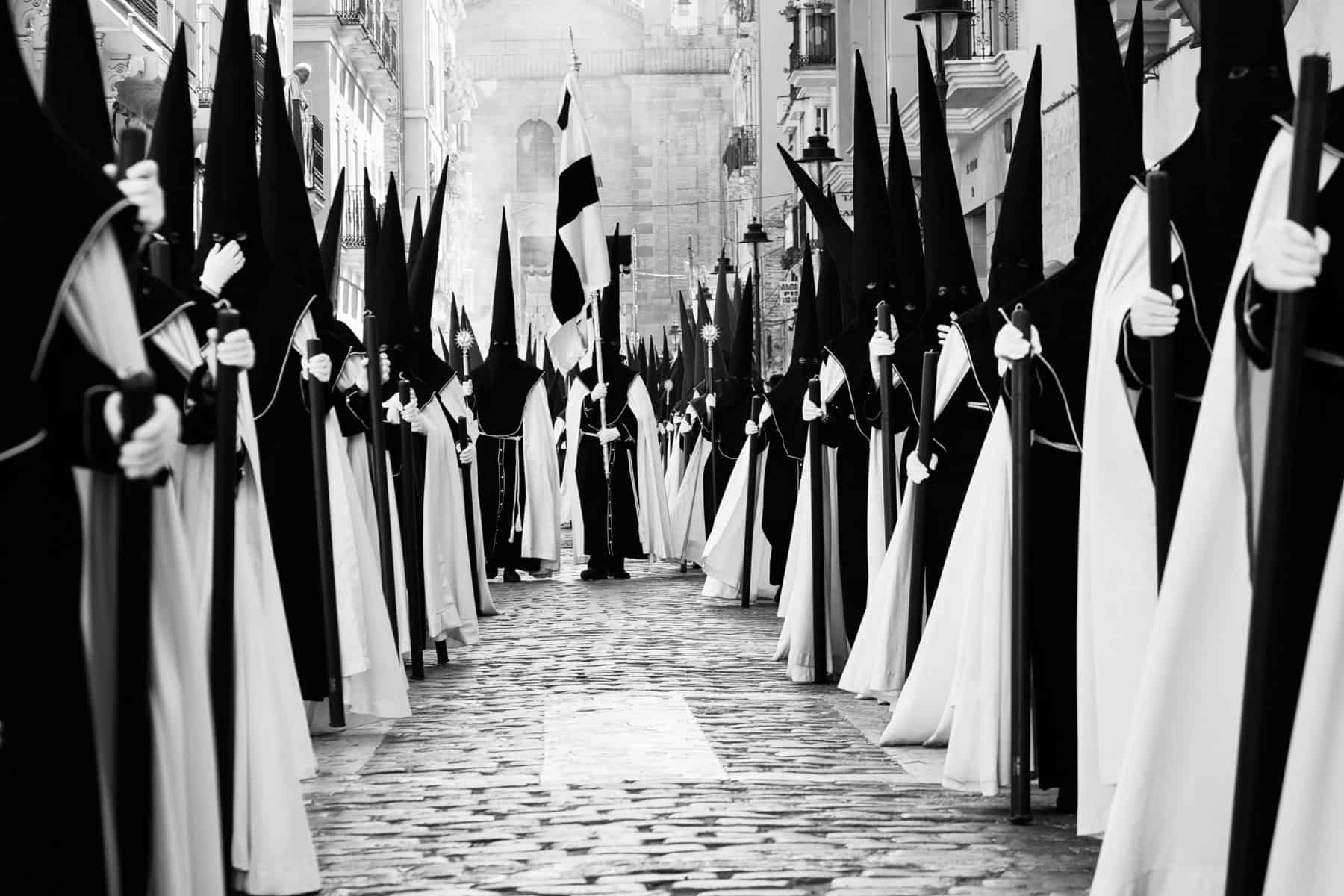
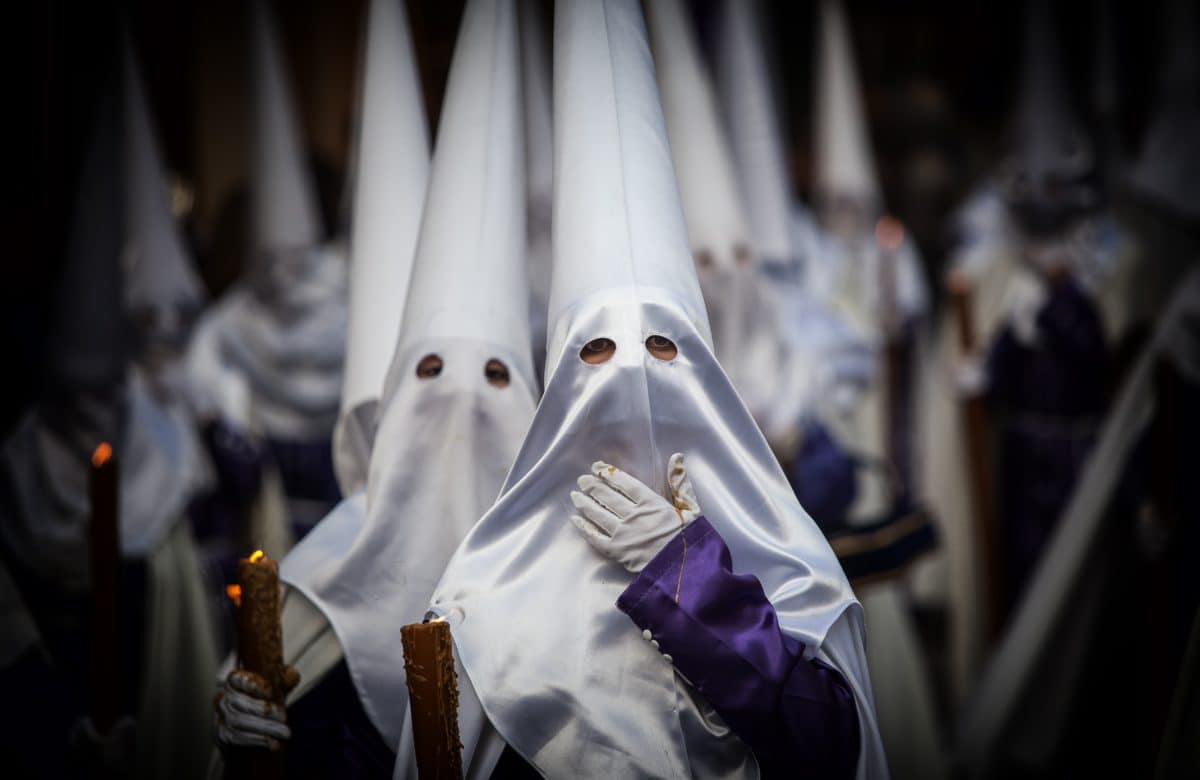

I was in Santiago a few years ago during easter week and walked to Finisterre from Santiago. I was surprised how many europeans took advantage of the time off work to fly to Santiago just to walk to Finisterre on a long weekend. Highly recommend doing it. beautiful uncrowded walk from Santiago to Muxia to Finisterre. Why did I only walk to Finisteere? To propose to my wife at the End of The World!
When on the Camino during Easter, expect life to be different and accept the challenges. For example, this is a time for work and school holidays, so many families walk sections of the Camino for an inexpensive healthy adventure. Albergues will be completely booked, especially private ones. I noticed they also use luggage and pay for transport to the next town. Also be aware that business hours change, especially pharmacies. And restaurants on Easter Sunday will be completely booked or short staffed. We experienced these in both Spain and Portugal.